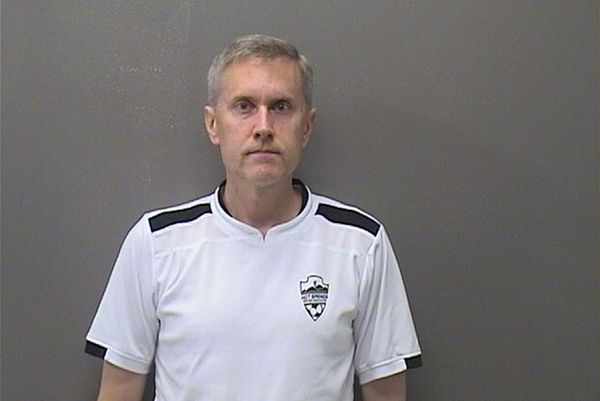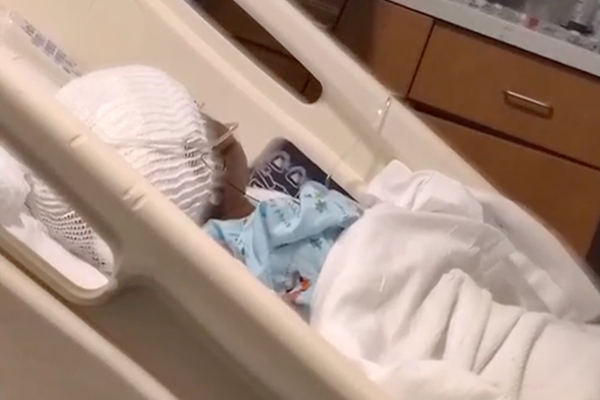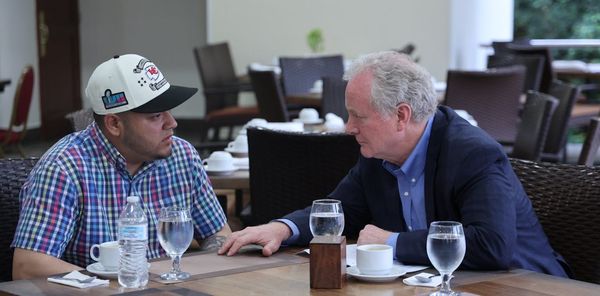Can we ever trust what a notorious offender tells us about other crimes he may or may not have committed? Where the bodies are buried or where the proceeds of his offending have been hidden?
These questions are not just hypothetical – I am regularly in situations when I have to decide if what I am being told by an offender is true, or merely constructed for some other ulterior motive – perhaps to shape my view about guilt or innocence or, at one stage in my career, whether the person that I was speaking to should be given parole.
Nor in making my judgment can I rely on what people seem to believe from what they’ve seen on crime shows are “tells” – the non-verbal clues that supposedly give away the truth: the person looks up to the left, or down to the right (I can never remember) when they are lying, hugs themselves, or strokes their chin.
These signs might – in some circumstances – tell us something about an individual but to be able to judge accurately, I would need to know the person displaying them for a long time and in different situations when they are stressed, bored, excited or relaxed.
As a parent, I know when my children are telling the truth or lying but that’s only because I have seen and interacted with them for many years and so know what their eye contact, or lack of it, might indicate.
So can we believe Peter Tobin when he claims to have killed more women than he has been convicted of but in the same breath says he is not notorious Glasgow serial killer “Bible John”?
Did we really expect Ian Brady to have led the police to where he and Myra Hindley buried the body of Keith Bennett on Saddleworth Moor? Should we have believed Fred West when he suggested his wife Rose had no knowledge of any of the murders that had been committed at 25 Cromwell Street?
These examples show how the truth is very difficult to determine with people who have been accused or, indeed, convicted of serial murder and how we cannot rely on what is claimed by that killer, even if they appear to be forthcoming, or offering their assistance.
After all, they have lived a life that has been patterned by lies, muddying the waters or, like Tobin, actively refusing to speak at all. Indeed, when I attended his trial at Chelmsford Crown Court in 2009 for the murder of Dinah McNicol – he pleaded “not guilty” – he spent almost the entire time doodling, rarely engaging with what was happening in the court. It took the jury just 13 minutes to find him guilty.
To establish the truth, we need evidence that can be verified and corroborated, such as DNA samples found at a crime scene that connect an individual to a victim, or CCTV footage which puts the suspect in the vicinity when the crime occurred.
This evidence has to be independent of what the suspect might or might not say, because we know only too well some people in these circumstances would argue that black was white, night was day, and, “Honest Guv, it really wasn’t me”.







